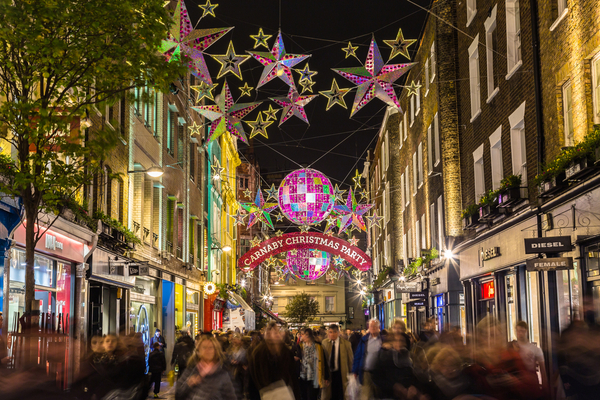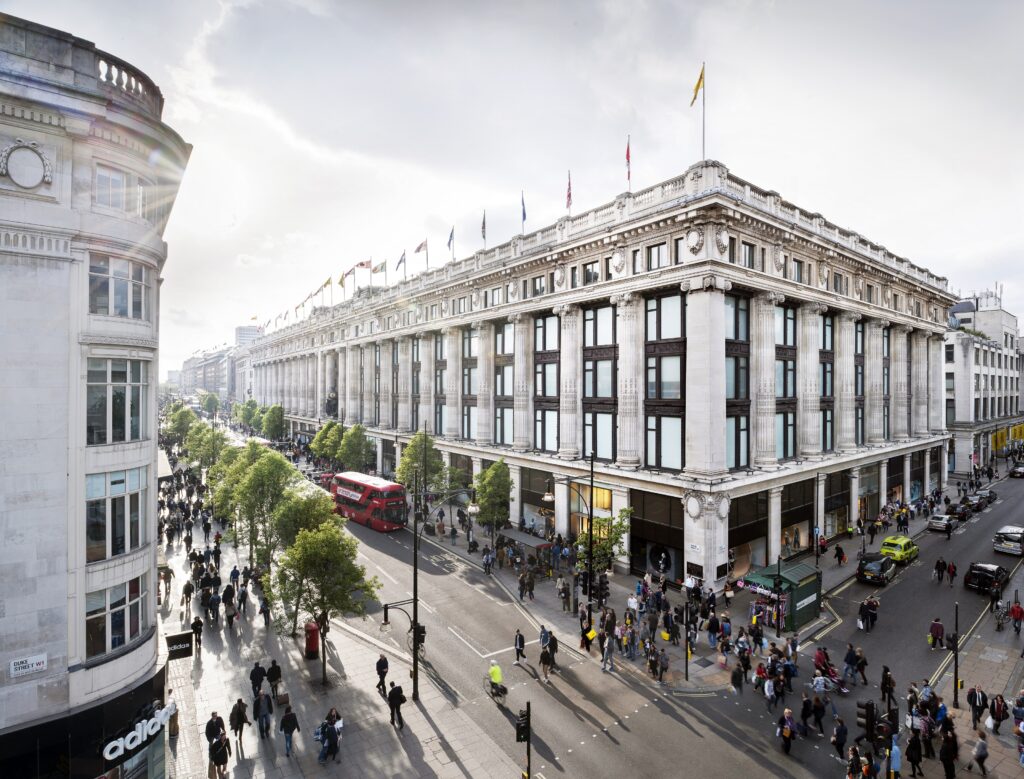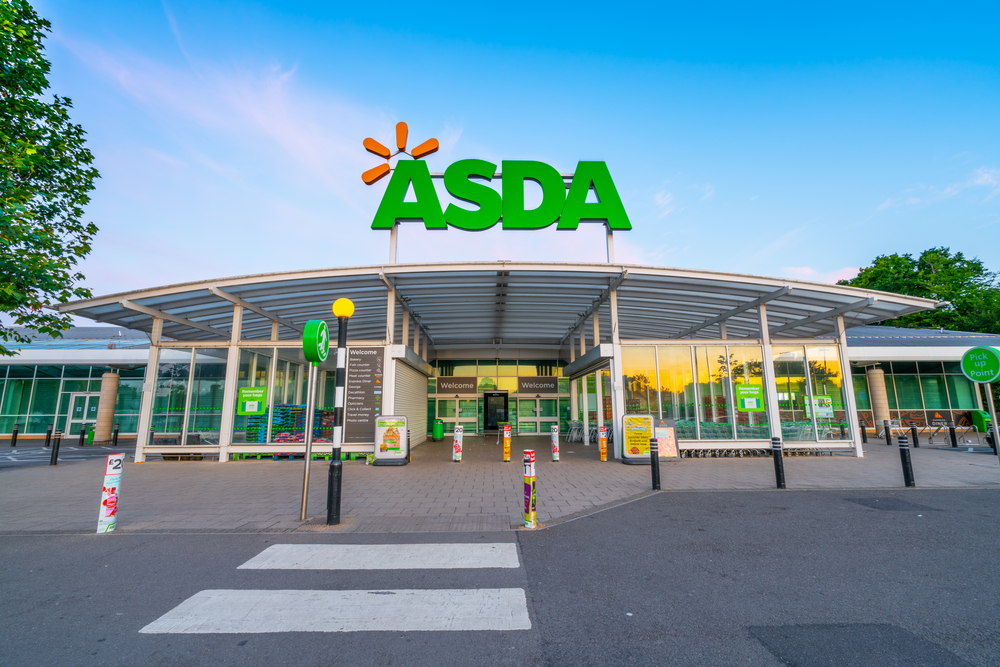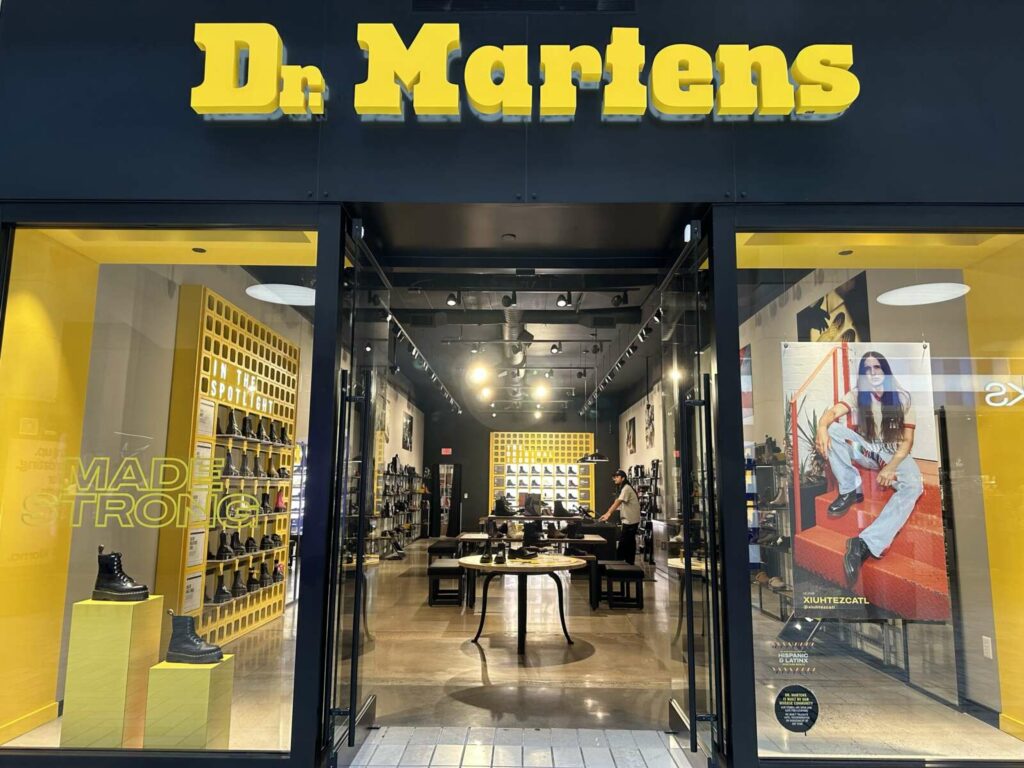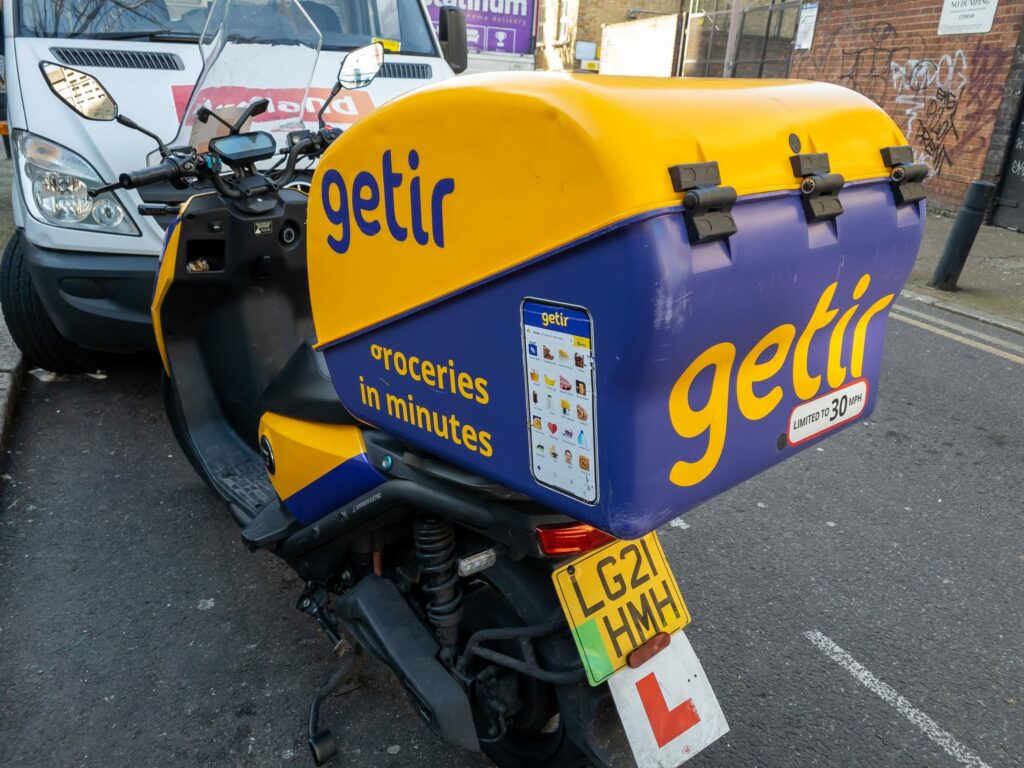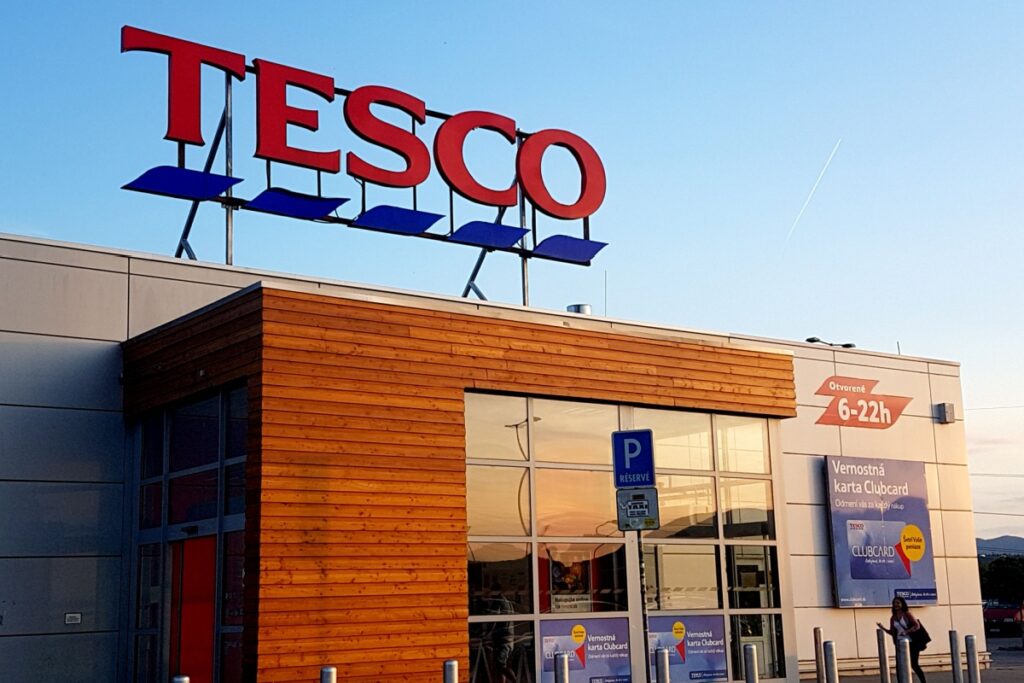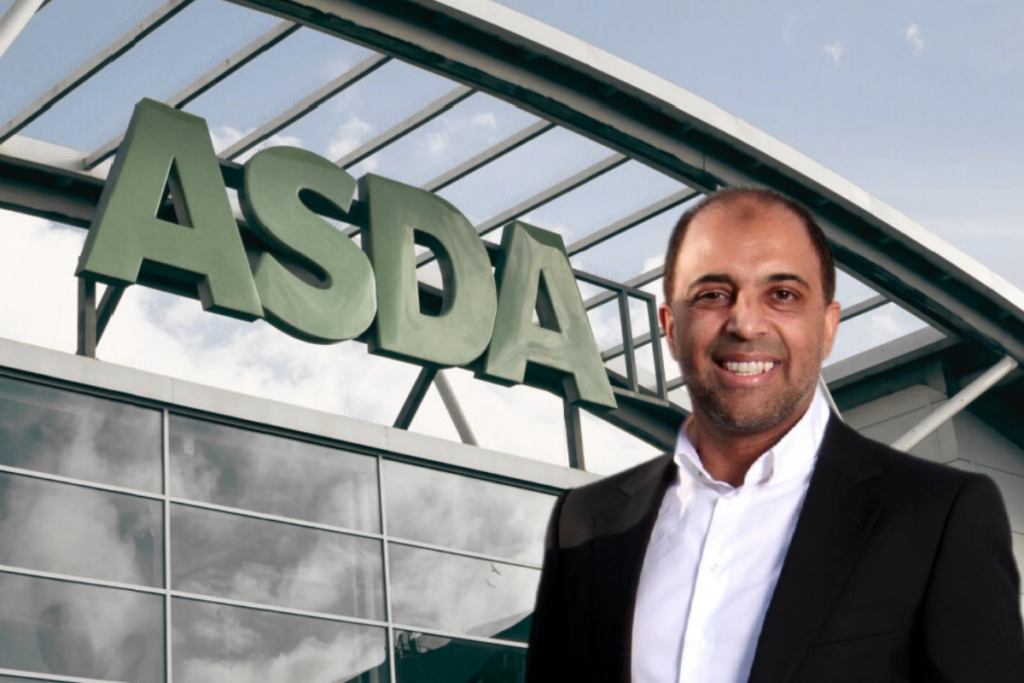Christmas 2021 was a cracker with retailers such as Tesco, Next and Sainsbury’s posting profit upgrades. But what are the key lessons that retailers should take into 2022?
1. Retailers had a merry Christmas
With many families kept apart due to Covid restrictions in 2020, consumers were keen to make Christmas 2021 special. This led to the tills ringing across retail with profit upgrades at Tesco, Sainsbury’s, Next, JD Sports and B&M.
PwC director of retail strategy Kien Tan says UK consumers had saved £160bn over the past year as they were unable to spend on holidays abroad or pub and restaurant visits for large periods of the year and they were prepared to dip into their savings to have a merry Christmas.
“In terms of pounds in pocket, they actually had more money to spend and this year, unlike last, they were spending Christmas with family and wanted to make it special,” Tan says.
“When we surveyed people the number one reason they said they intended to spend more this Christmas is because they simply had more presents to buy.”

Meanwhile, the emergence of the omnicron variant in the weeks leading up to Christmas meant that people avoided hospitality venues and instead focused on treating themselves at home, which benefitted the grocers.
Sainsbury’s boss Simon Roberts acknowledged that more people ate at home, and it achieved record sales of champagne and sparkling wine over the Christmas period.
2. Shoppers are seeking out value
Although shoppers were happy to trade up and buy champagne and upmarket treats – Roberts said Sainsbury’s Taste the Difference line was its fastest growing product tier, with sales up 13% over the Christmas peak on a two-year basis – it was promises of value that helped bring them to store.

In grocery, a vicious price war broke out in the weeks before Christmas, with the big four slashing prices on everything from sprouts to stuffing.
Roberts says strong value credentials were critical to winning spend. Sainsbury’s extended its Aldi Price Match to key festive dinner items in the week before Christmas and sales of products in the promotion, which included turkey crowns, smoked salmon, gammon, vegetable trimmings and a chocolate gateau, were up 23% year on year and 42% on a two-year basis.
“Value will continue to be pivotal in the year ahead.” Roberts says: “Offering low prices will remain our key priority throughout 2022, especially as we know it will be a tough year for household budgets.”
“The environment will be really challenging one so it’s important we’re giving customers best value to support them through that.”
Tesco boss Ken Murphy says it “doubled down” on its commitment to “deliver great value” over Christmas. It’s Aldi Price Match and the raft of Clubcard price cuts it introduced helped its brand index had jumped 177 basis points over Christmas on the back of “market-leading improvements in value perception”.
READ MORE: Christmas trading tracker – how retailers performed over the golden quarter
3. Fashion retailers break discounting cycle
Despite this drive to value, promotions were actually down year on year and fashion retailers, in particular, appeared to break the cycle of discounting in the run-up to Christmas.
PwC found that 10% fewer retailers were running price promotions both on Black Friday and the key Christmas week.
Next noted that Sale stock was down 18% versus two years ago due to “better than expected” full price performance and M&S posted a 45% jump in full-price clothing sales.

M&S boss Steve Rowe points out that value means more than just cheap prices. The retailer has been working hard to reinforce its quality and “trusted value” and consequently reduced the amount of clothing sold on promotion by 66% over Christmas, which Rowe says shows that shoppers are “desperate for great-quality merchandise”.
PwC director Lisa Hooker says: “This proves that as much as shoppers like a discount, they are prepared to pay for the products they really want, particularly at Christmas.”
4. Prices will rise this year
Despite the consumer desire for value, price rises are inevitable in retail over the next year as inflation rises.
All in retail are facing rising freight cost and wage inflation and certain sectors are also grappling with climbing manufacturing costs.
Alex Baldock, chief executive of electricals market leader Currys, says: “One of the things we do expect across the market in 2022 are price rises. We think that’s inevitable, we will stand by our price promise that nobody will get cheaper than they will with Currys.”
In clothing, Next boss Lord Wolfson warns that its prices would increase 3.7% in first half and to 6% in the second half while Asos chief financial officer Mat Dunn says he expects its prices to rise “low to single digits”.

Food is also likely experience price rises in the year ahead, despite the big grocers’ efforts to swallow rising input costs. M&S chief financial officer Eoin Tonge says inflation in grocery rose to 3.5% in December.
Tesco boss Ken Murphy admits that price increases are inevitable in certain categories this year but vows to remain competitive on price.
“There’s no doubt that there are inflationary pressures and it’s very hard for us to predict what those are going to look like over the coming months,” he says. “We’re committed to manage and mitigate it to the best of our ability.”
5. Green shoots in clothing
Limited social events and working from home has hampered demand for clothing other than jogging bottoms over the past 18 months, however, there were positive signs over Christmas as people updated their wardrobe.
Wolfson calls out a “strong revival” in formal and occasionwear, which resulted in stronger than expected sales growth over Next’s golden quarter, while Asos’s Dunn says there was “an increased demand in going out wear”, although he stresses this is still notably below pre-pandemic levels.

Dunn is positive that this growth will continue. “There’s a bank of savings people have built up and they’ve been through a period where they haven’t invested as much in their wardrobe as they would have done because of the lack of activities.”
“It feels like things like holidays and festivals are likely to be a reality of consumers lives [this year]. I feel relatively optimistic about the demand picture – the early signals are positive. For example, we had a really good week on swimwear last week tells you consumers are thinking about going on holiday.”
6. Plan for supply chain disruption
Despite the broadly positive results, Christmas 2021 was held back by supply chain disruption with product shortages rife in areas such as toys and electricals.
At Sainsbury’s general merchandise sales fell 10.6% as Argos struggled to secure key products in toys, consumer electronics and TVs. “We couldn’t get the availability we wanted,” admits Roberts. “There are still significant challenges in a number of areas and we expect that to continue.”
Electricals giant Currys’ sales fell 5% in the 10 weeks to 8 January as it had trouble sourcing in-demand products such as games consoles. It consequently cut its profit guidance for the year from £160m to £155m.
Chief executive Alex Baldock says it was “getting ready for another year of disrupted supply”.

What can retailers do to navigate this disruption? Baldock says building strong relationships with suppliers will be key.
Currys has been flexing its might, and capitalising on its position as a market leader in electricals to ensure it is top of suppliers list when it comes to delivering sought-after goods.
“Being number one is super-important to make sure we get preferred access to scarce stock,” he says. “That’s been one of the things that’s allowed us to grow market share and customer satisfaction.”
Tesco’s Murphy is investing more in tech and data to improve forecasting to ensure it is securing the right levels of products.
Meanwhile, to circumvent port congestion, retailers have opted to adopt different methods of transport.
Asos, which also struggled supply in the run up to Christmas that left it unable to capture the available demand, resorted to flying stock around the world rather than using ships while Tesco has been using rail freight to keep shelves stocked.
Christmas may have been a cracker but retailers cannot afford to rest on their laurels as 2022 already looks fraught with challenges.
Businesses need to navigate rising inflation and global supply shortages to deliver the products that shoppers want at the right price in order to build on the momentum and get retail’s post-pandemic recovery underway.
Click here to sign up to Retail Gazette‘s free daily email newsletter

